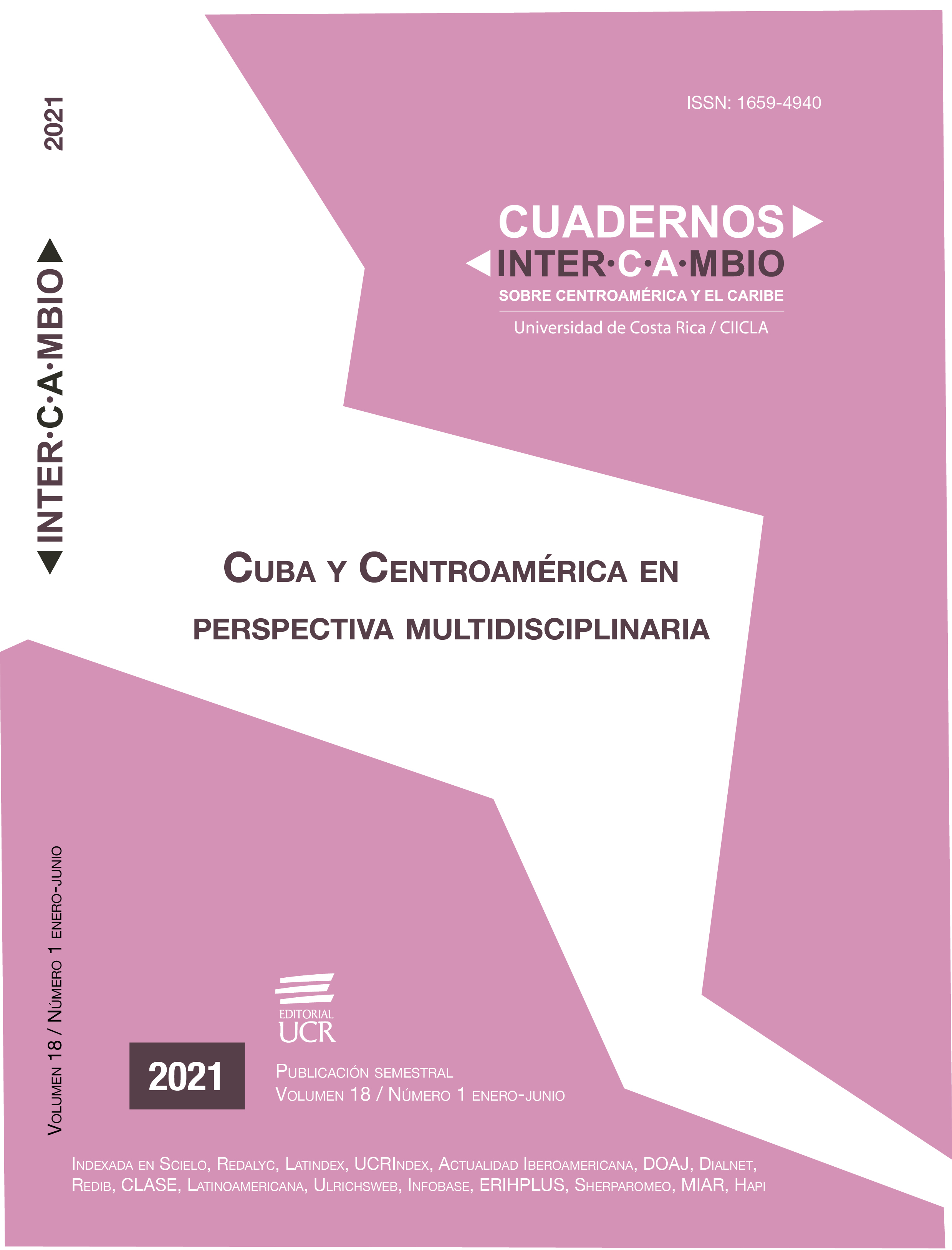Abstract
*The author extends a thank you to the Programa de Apoyos para la Superación del Personal Académico (PASPA) of the Dirección General de Asuntos del Personal Académico (DGAPA) from the Universidad Nacional Autónoma de México (UNAM), for its support to the research process through Project IN400920 PAPIIT: Imágenes y poder en América Latina. La Revolución cubana como modelo de construcción épica.The purpose of this text is to examine a photographic capture taken of Fidel Castro on January 8, 1959 at the Columbia Barracks. On that day, the revolutionary leader arrived in Havana, one week after the departure of the dictator Fulgencio Batista (January 1st of the same year). After descending from the famous Sierra Maestra, the guerrilla leader began a land journey across the island, from Santiago de Cuba to the capital. The date of that January 8 is highlighted, given that on September 14 of the same year another outstanding act also took place. On this second date, Castro would formalize the conversion of the military building into an educational center, which would be called Ciudad Escolar Libertad. In addition, the Columbia Barracks is also mentioned spoken of with precision, given that same day many other outstanding photographs were also taken, as happened during the speech delivered by Fidel himselfat the Presidential Palace. As a hypothetical premise, it is argued that that photograph contains a historical and visual potential that has been little attended to, and that such acircumstance of neglect prevents the expansion of the historical knowledge that some iconographic vestiges offer -such as that of that image that will be carefully analyzed in this text- - for a better understanding of the Cuban and Latin Americanreality.


